Japanese Investment to See Sesvete Factory Produce Glass Ampoules
July the 22nd, 2022 - One Sesvete factory near the City of Zagreb is set to produce packaging in the form of glass ampoules for various medicines following an investment from the Japanese company Nipro.
As Poslovni Dnevnik/Marija Crnjak writes, on Wednesday, the Japanese mega-company Nipro Corporation Japan presented its investment of more than 100 million kuna in a Sesvete factory, where they are building a new ampoule and vial factory for the pharmaceutical industry - Nipro Pharma Packaging Hrvatska.
As is already known, last spring, Nipro Corporation Japan bought the former Piramida factory in Sesvete from the Blue Sea Capital fund, which was recently declared the most successful acquisition of the entire year.
As they revealed during a recent tour of the construction site and plant, Nipro Japan has chosen this Sesvete factory as its Global Centre of Excellence in the production of glass ampoules. The Sesvete factory is already working significantly more than the initial expectations and growing faster than was planned, and is currently among the three leading players in the production of ampoules and vials for medicines in the whole world.
In Sesvete, almost two million ampoules and vials for filling various medicines around the world are produced daily. To be more specific, Blue Sea Capital fund has already invested significant funds in the modernisation of production, the acquisition of eight new production lines and the development of business with bottles.
Under the ownership of Blue Sea Capital, Piramida managed to increase its number of employees by 35 percent and doubled its production capacity and revenues, and the company was among the five largest manufacturers of glass ampoules for the pharmaceutical industry on the European market during last year's takeover.
After the completion of this investment, an additional increase in production to more than two and a half million ampoules and vials per day is expected, as are fifty new jobs.
Kresimir Secak, a member of the board of Nipro Pharma Packaging Hrvatska, revealed that in the near future, sterile glass injections will be produced in the Sesvete factory, which are one of the most demanding products into which medicines are filled.
"In the Sesvete factory, we produce more than 650 million glass containers a year, which are filled with medicines that save or help human lives around the world, and we're extremely proud of that. For management and our workers, this decision to become a Global Centre of Excellence for ampoules, as well as the continuation of investments, is great international recognition. This recognition is the result of the hard work, expertise and dedication of our employees that they have shown over the past decades," said Secak.
Nipro's global revenue back in 2021 was 3.5 billion euros, and Nipro Hrvatska's stood at 14.3 million euros. Secak revealed that this year they expect that growth to accelerate and revenue to increase to 16.2 million euros, and simpler operations next year will be enabled thanks to Croatia finally joining the Eurozone.
Stephan Arnold, the CEO of Nipro Pharma Packaging International confirmed that the company has ambitious growth plans for Croatia. "We're increasing our capacities and expanding our technical capabilities to more locations, but in Croatia specifically, we're rapidly accelerating our investment plans. We have established synergy with other factories in our production network and are setting up centres of excellence across the entire Nipro group. Nipro Pharma Packaging Hrvatska has been selected as Nipro's Global Centre of Excellence in ampoule production," said Arnold.
The Japanese ambassador to the Republic of Croatia, Iso Masato, also assessed Croatia's entry into the Eurozone and Schengen as a positive thing, assessing that this, as well as Croatia's new good credit ratings, will further open up and attract foreign investments to the country, possibly more Japanese ones as well.
"Nipro's investment in the Sesvete factory is proof that Japanese investors see the potential Croatia has. There is also interest from others, and we want the year 2023, in which we celebrate the 30th anniversary of the establishment of our diplomatic relations, to be good for our economic relations as well," said Masato.
For more, make sure to check out our dedicated business section.
PHOTOS: Outstanding Contemporary Croatian Architecture of the Year
February 10, 2021 – 10 of the most outstanding examples of contemporary Croatian architecture have been selected by the Association of Croatian Architects to compete in the extremely prestigious Mies van der Rohe Awards. Held only once every two years, they are the European equivalent of the Pritzker Prize for Architecture.
The Mies van der Rohe Awards are a really big deal. The greatest works of European architecture compete for recognition in the competition. The greatest success of Croatian architecture in the awards was attained by UP studios' Toma Plejić and Lea Pelivan, who received a special award for upcoming architects and had their high school in Koprivnica named the best building in that category in 2009. The success has had a considerable impact on their careers since.
Being held only once every two years, Croatian architecture projects completed since the closure of entries for the 2019 awards are eligible to be submitted. Here are the outstanding examples of contemporary Croatian architecture that will represent the country in 2022.
Cinema Urania Zagreb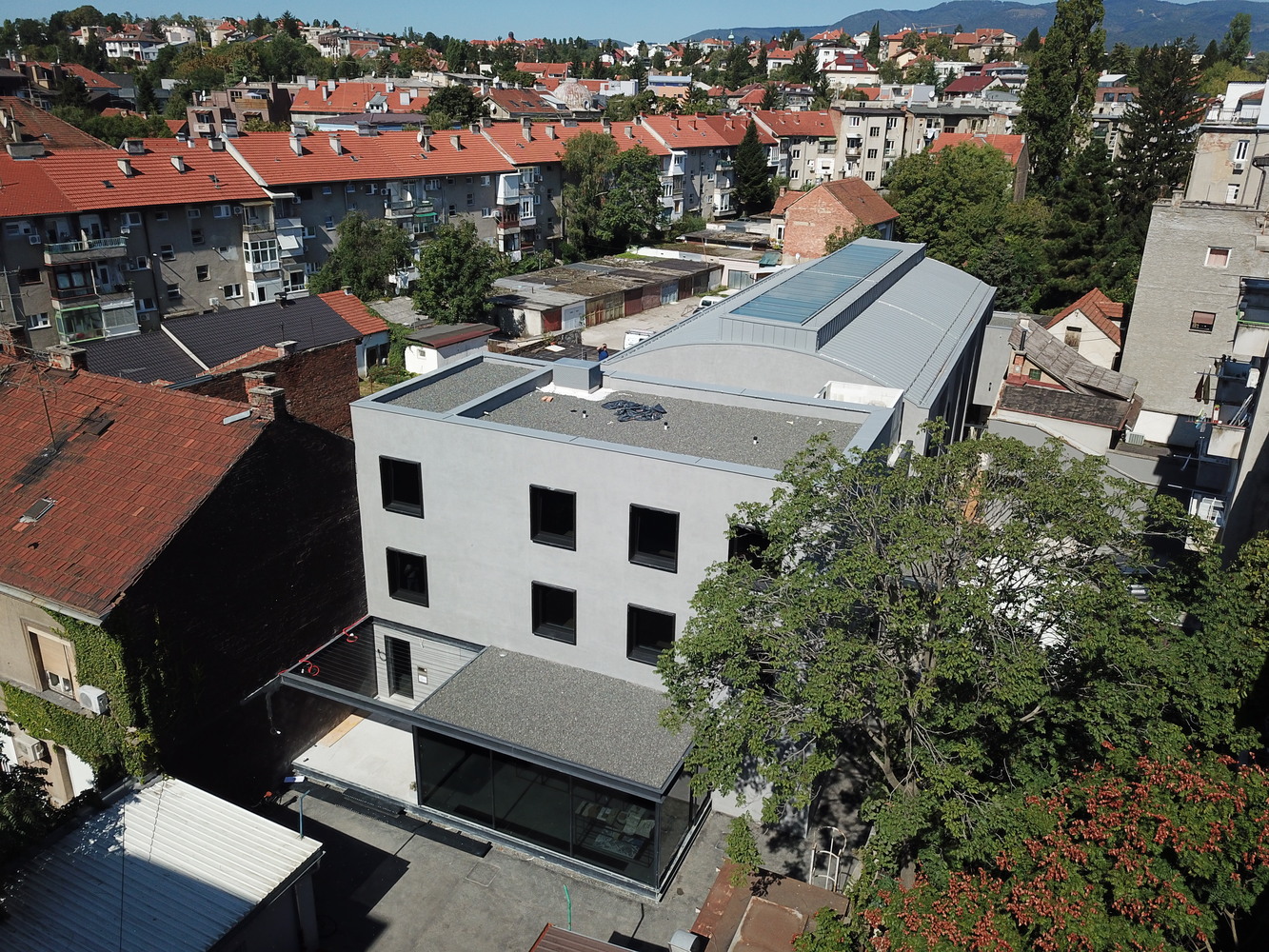
An old neighbourhood cinema built into the back streets near Kvatric. In their redesign, 3LHD preserved the best features from this early example of concrete engineering in Croatian architecture. They added a glass pavilion at the entrance, atriums and skylights, flooding the former darkness with the natural light needed for its new purpose as an event and work space.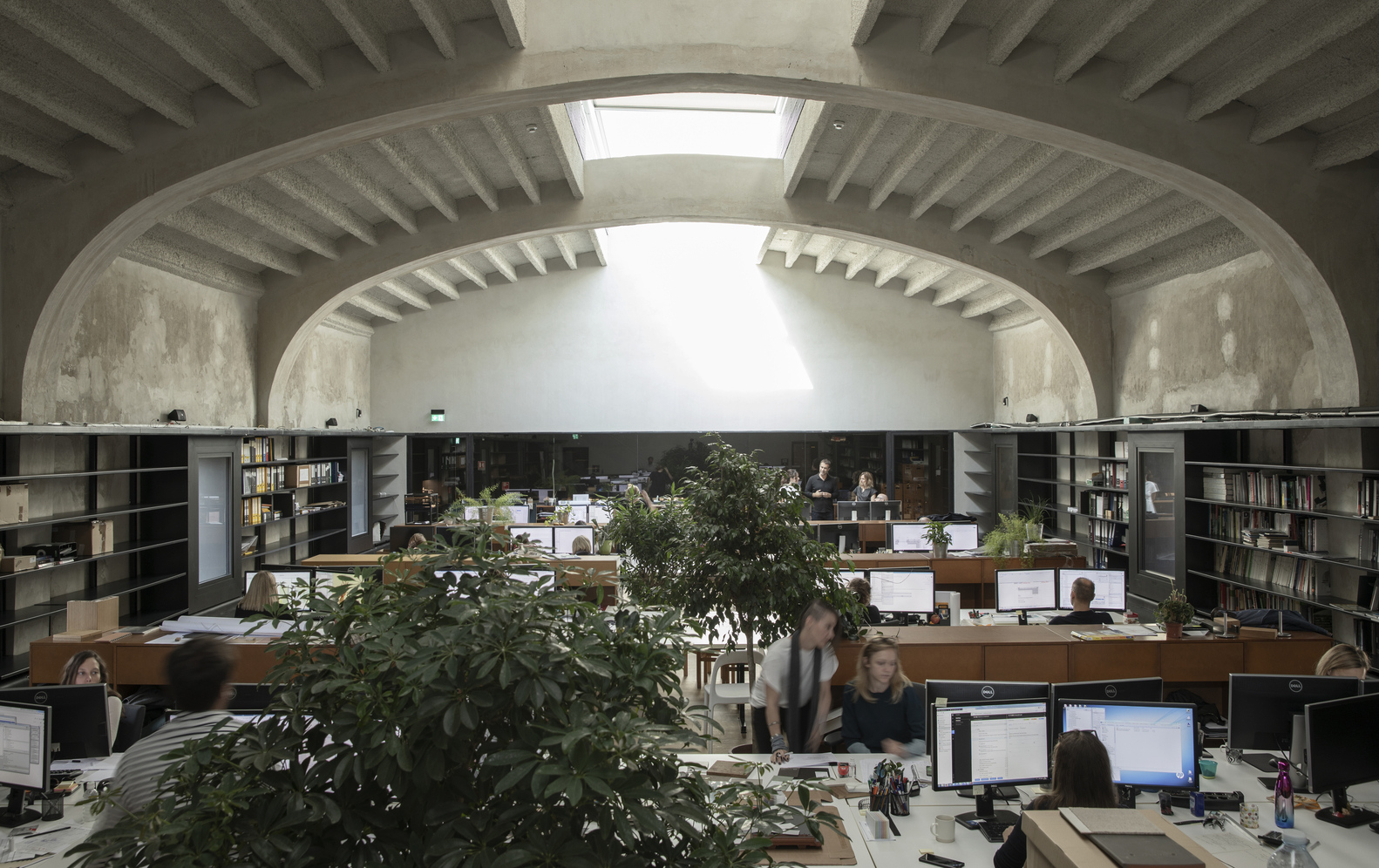 © Jure Živković
© Jure Živković
Grand Park Hotel, Rovinj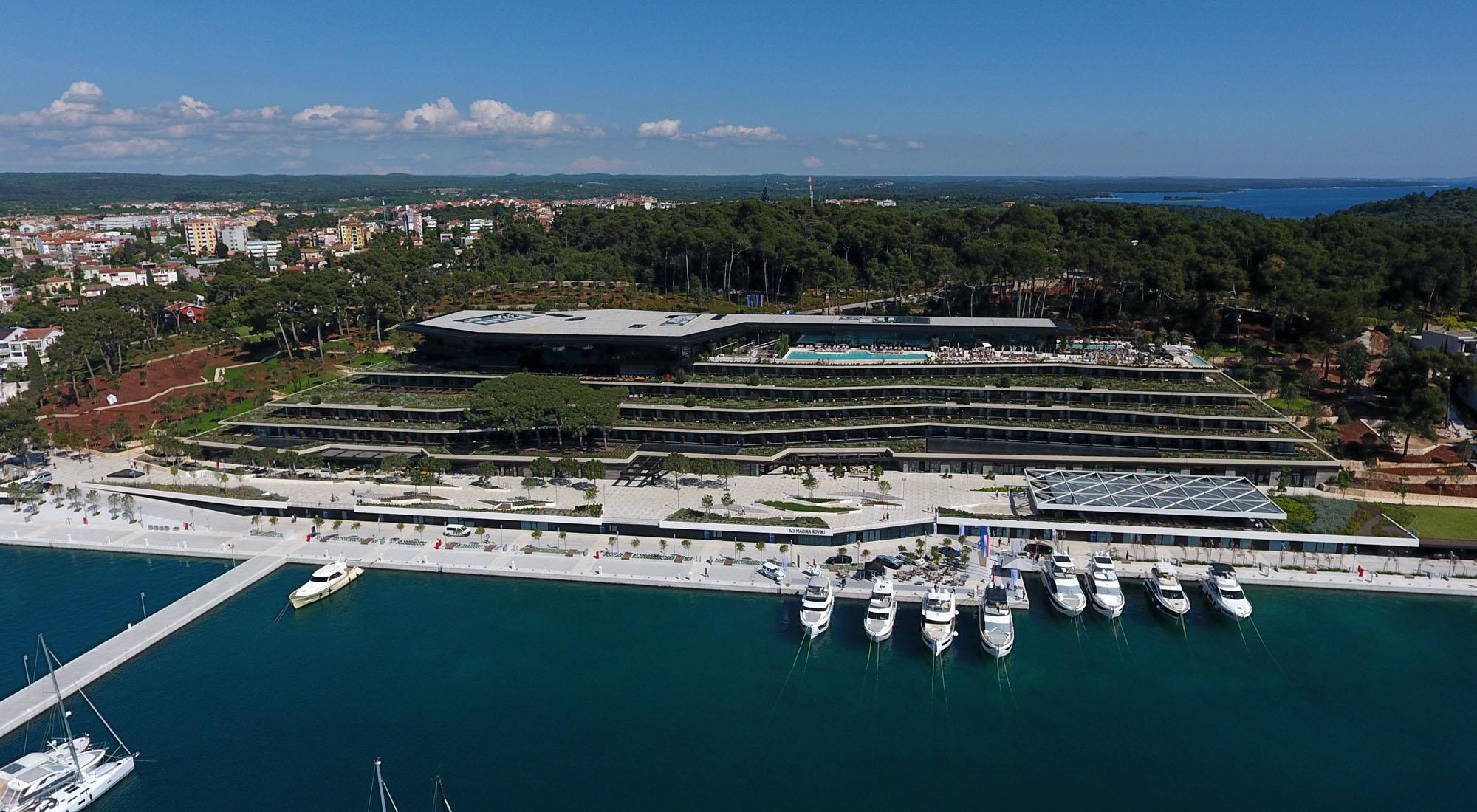
Sprawling widely across six stepped levels, the new luxury Grand Park Hotel and spa could easily have looked a long swipe of concrete. But, by places greenery on each of its staged roofs, architects 3LHD have ensured that no matter where you are in the 500-guest-capacity building, your view places you within a garden, looking out onto Rovinj Old Town and the expanse of the Adriatic. Croatian architecture at its most breathtaking.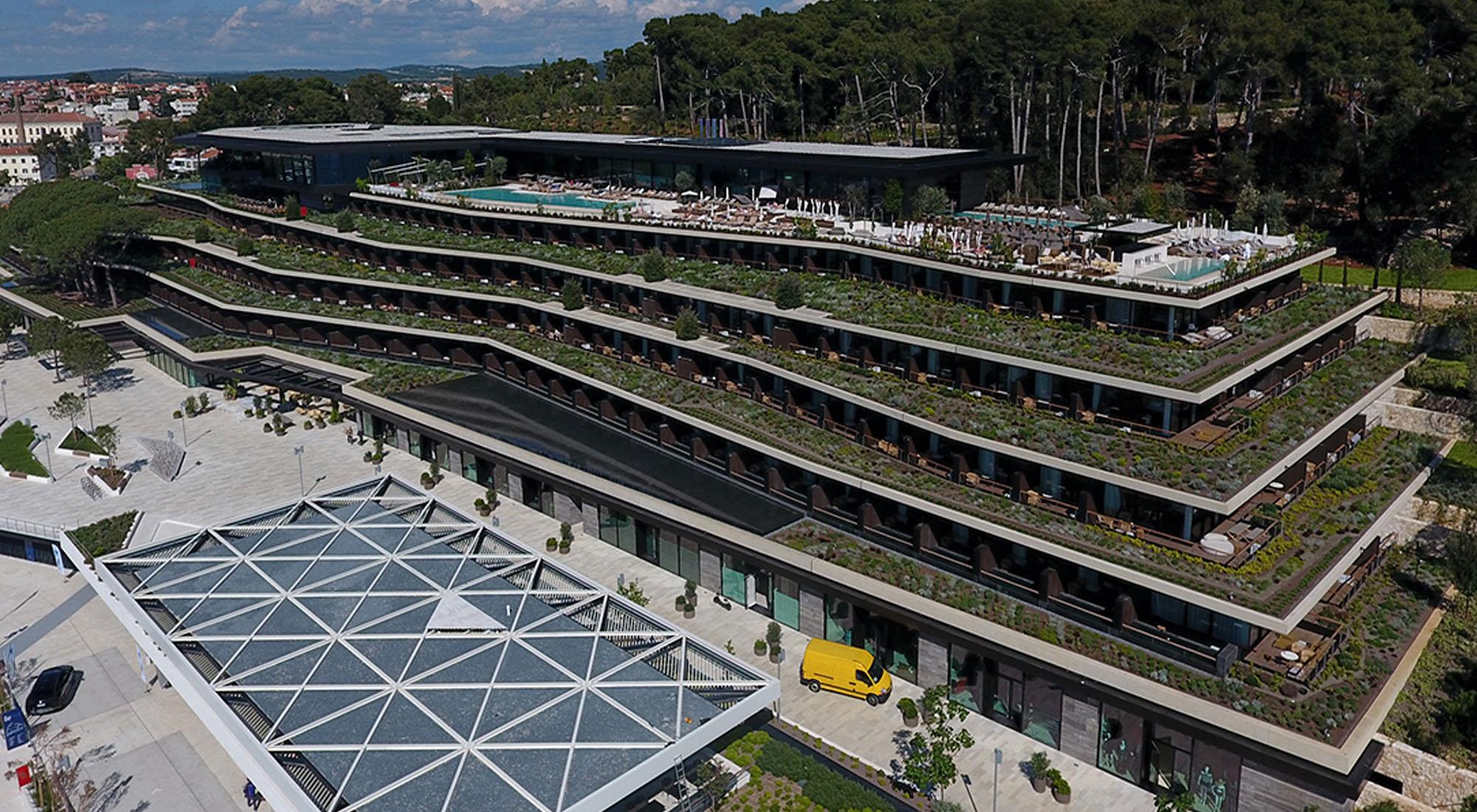 © Alukoenigstahl hr
© Alukoenigstahl hr
Ivanja Reka Elementary School, south Sesvete, east Zagreb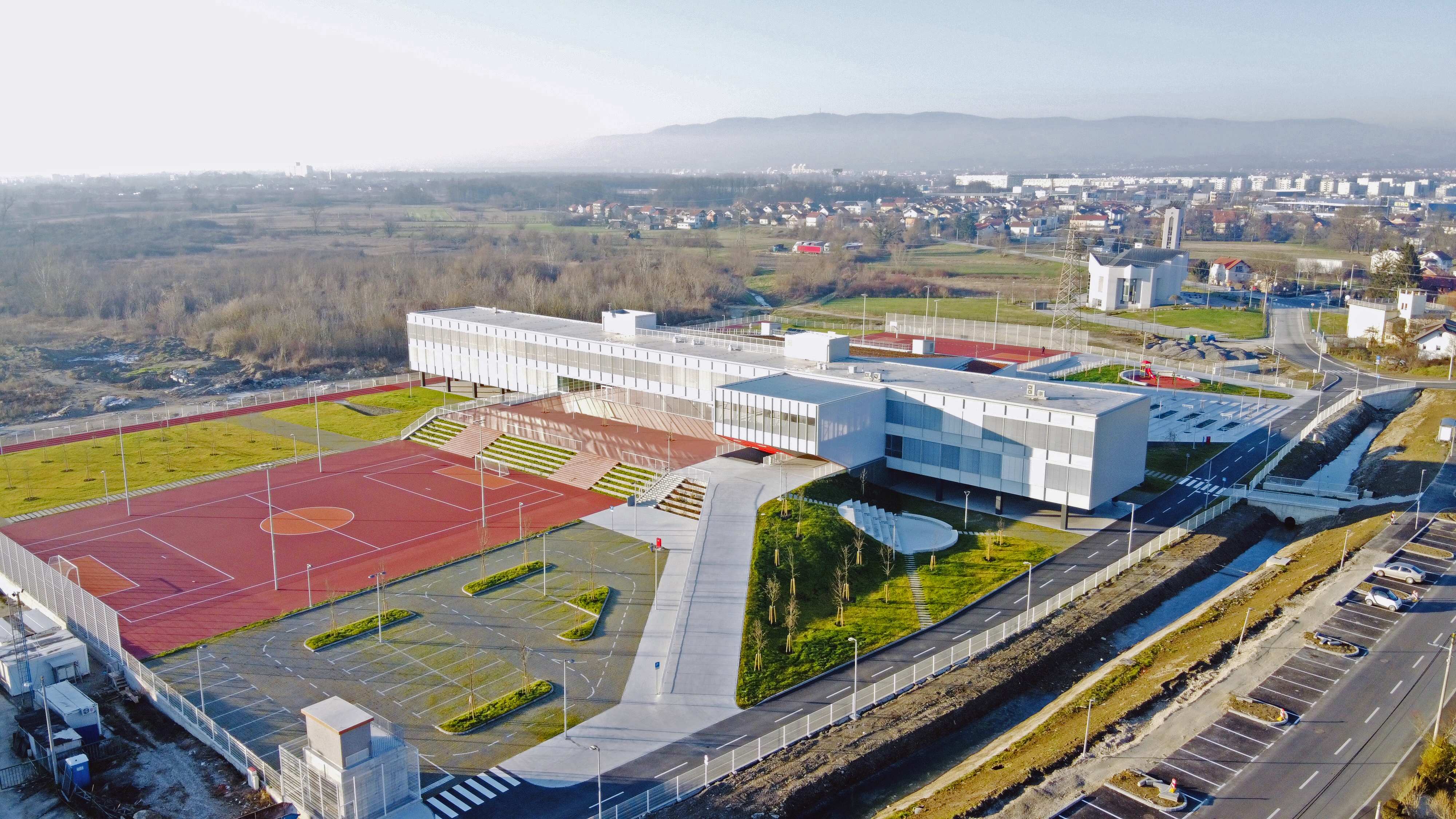
If every elementary school looked as pretty and was as well equipped as Ivanja Reka Elementary School in the south of Sesvete, eastern Zagreb, you could well believe daily attendance would never drop below 100%. Designed by a team of architectural authors (SUBMAP studios Marija Burmas and Ivo-Lola Petrić, and Jakša Kalajžić from JKA Arhitekti), the multi-level main building sits centrally, surrounded by sports, recreation and other facilities creating an impressive view for both those outside and within.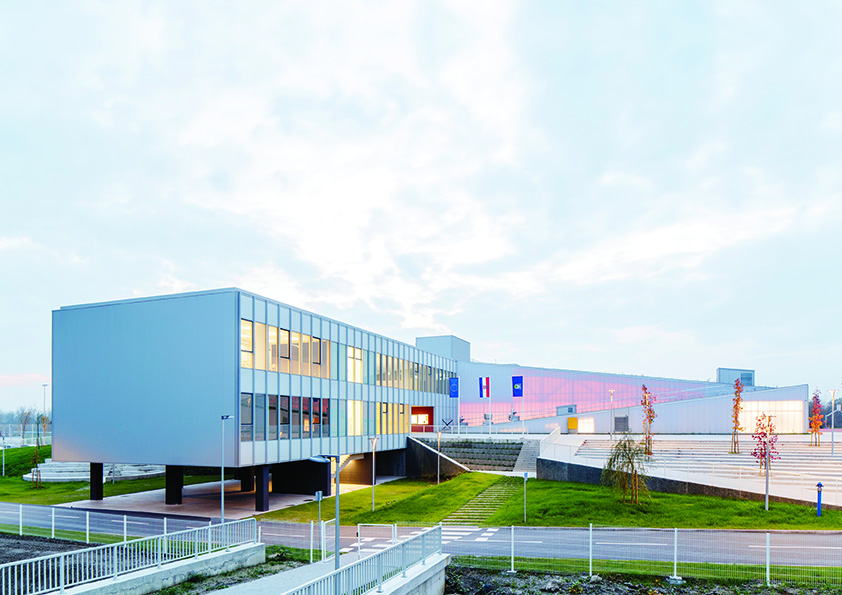 © Ivanja Reka Elementary School / Domagoj Blažević
© Ivanja Reka Elementary School / Domagoj Blažević
Roxanich Wine & Heritage Hotel, Motovun, Istria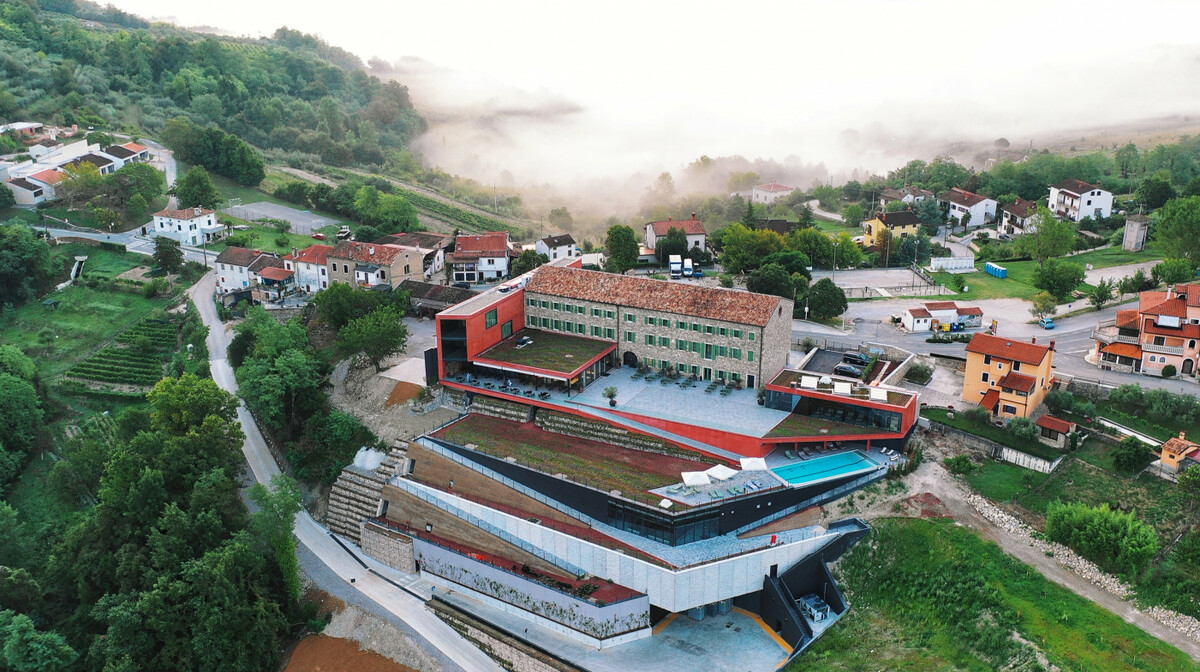
The view is unmistakably Istria. Vineyards carpet the land below and - rising above - the picturesque hilltop town of Motovun. Helmed architecturally by consistently bold Rijeka designer Idis Turato, this multi-level, multi-purpose redesign retains the traditional feel of its existing stone building and its purpose – there's a huge wine cellar beneath – but has opened up the space to give stunning views, not least over a sun deck that spectacularly reflects the sunrise and sunset. This is an active winery, with works and equipment all housed within its lower floors, not that you could tell from the 25 person capacity boutique hotel, restaurant and wine shop upstairs.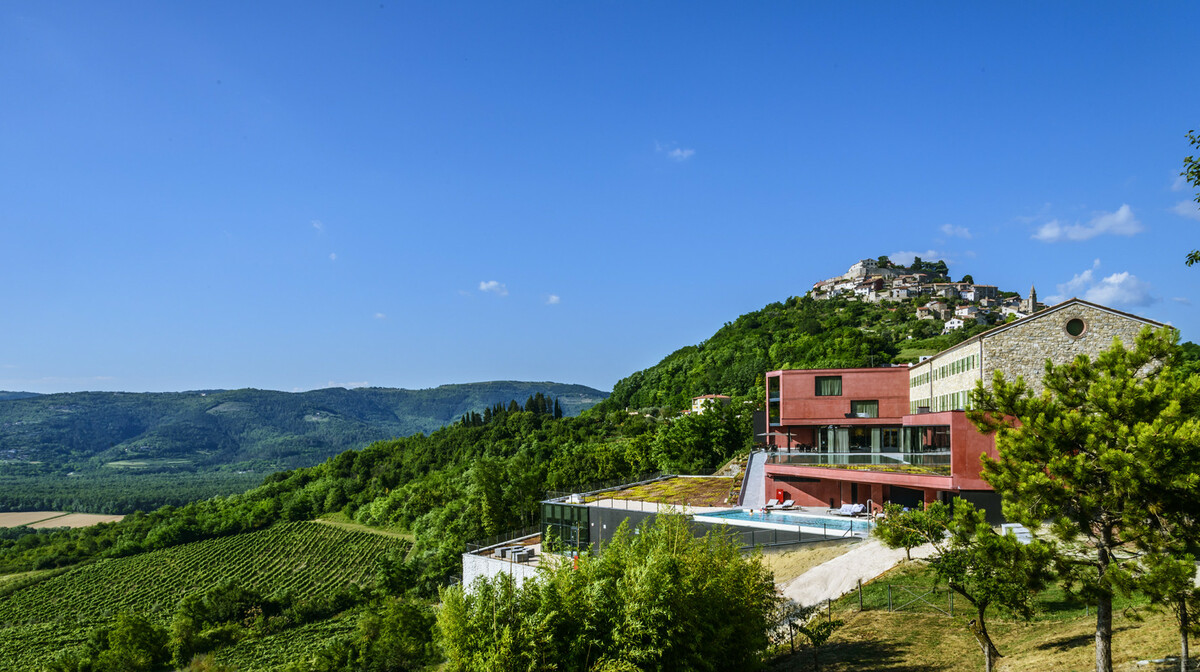 © Roxanich.hr
© Roxanich.hr
Four Houses for Four Brothers, Diklo, Zadar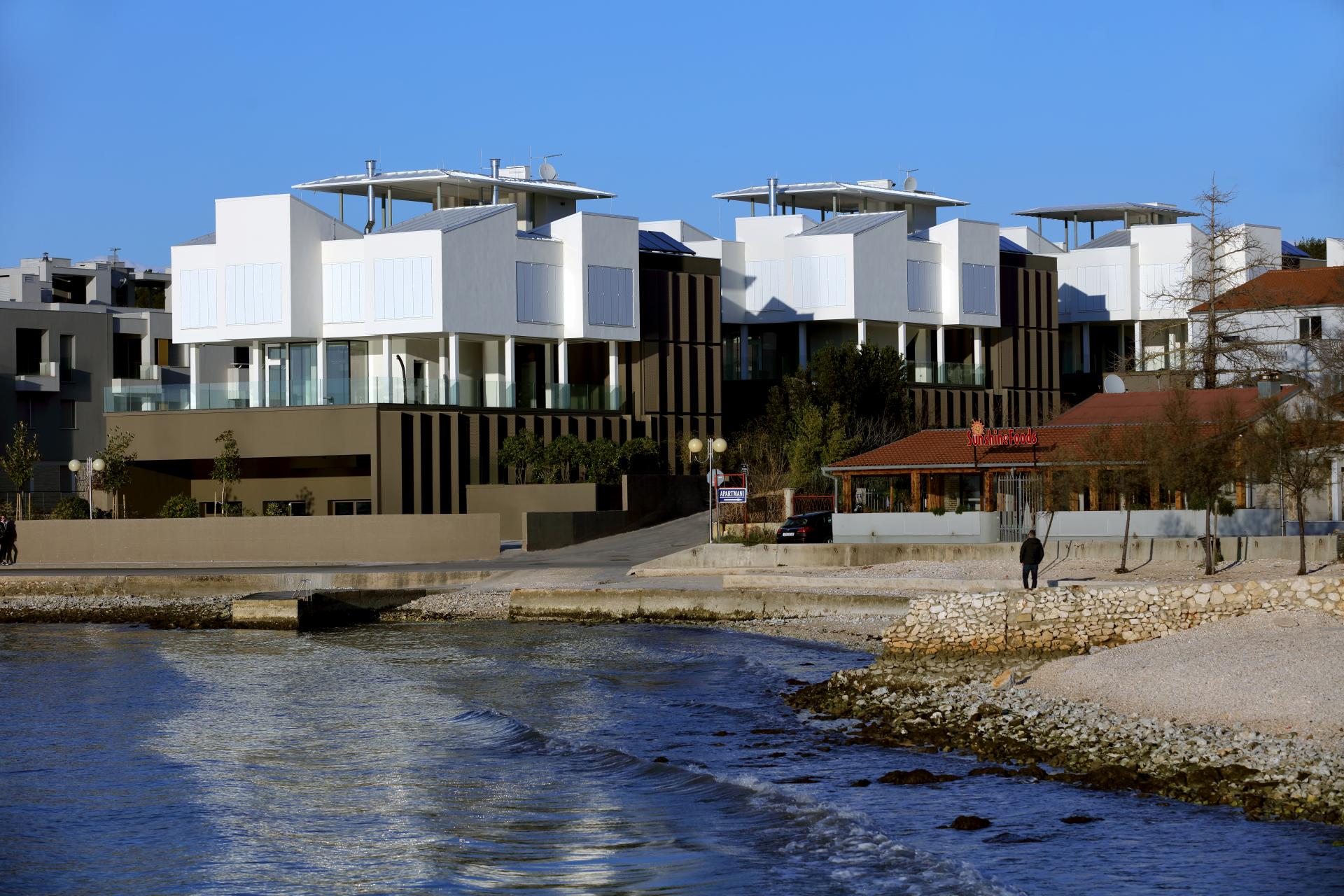
Judging from a theme of project titles used by architects Iva Letilović and Igor Pedišić, we're not sure that Four Houses for Four Brothers was actually commissioned by four brothers or that four live there. But, you could well believe they could. The ultra-modern set of independent houses, located next to a beautiful stretch of coast in a north Zadar neighbourhood, was specifically designed to address a distinctly Croatian reality – how to open up some of your dwelling to seasonal guests while you remain at home. The design separates the buildings clearly into separate quarters which allow privacy, comfort and minimal encroachment for both visitors and residents.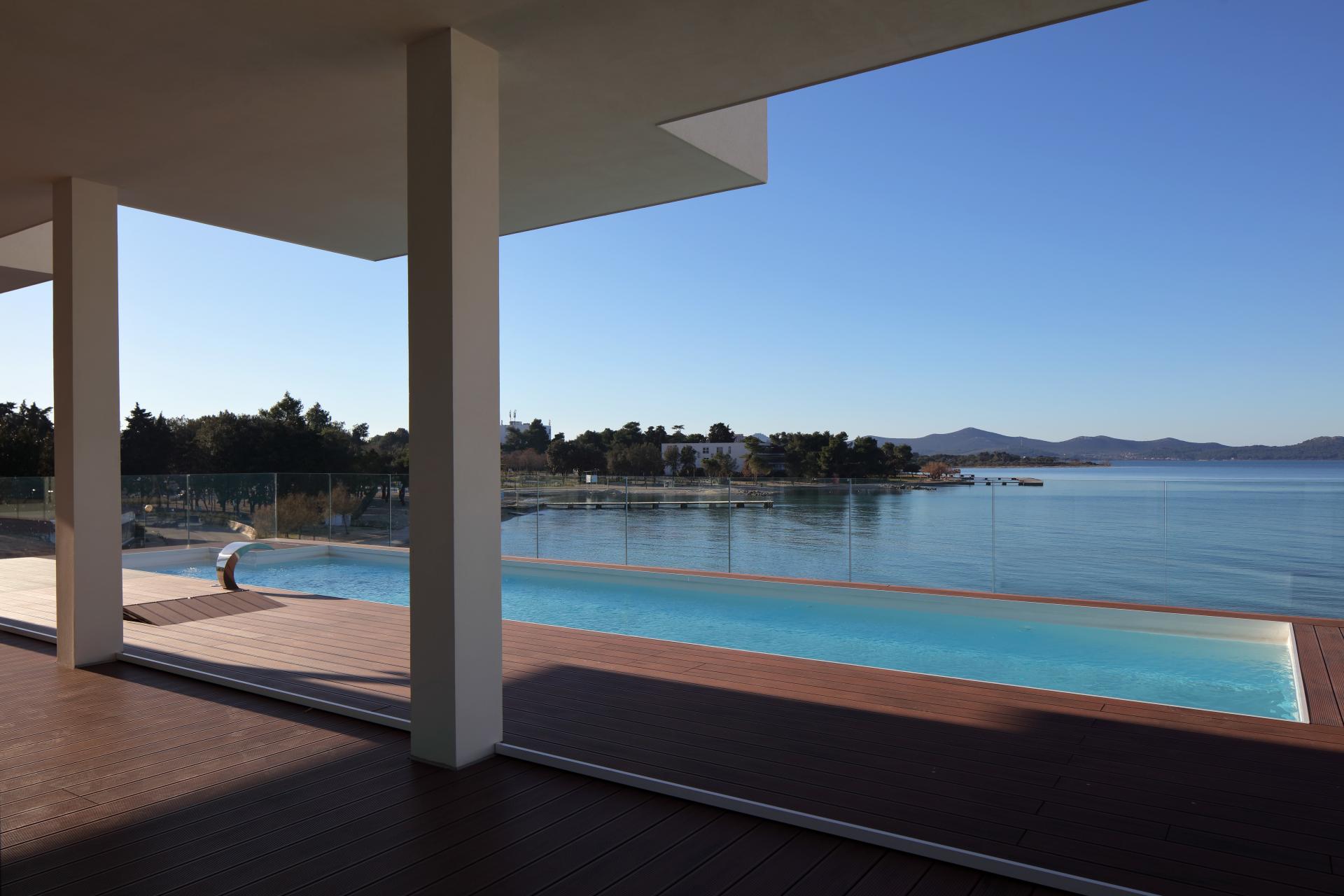 © Igor Pedišić
© Igor Pedišić
Galić Winery, Kutjevo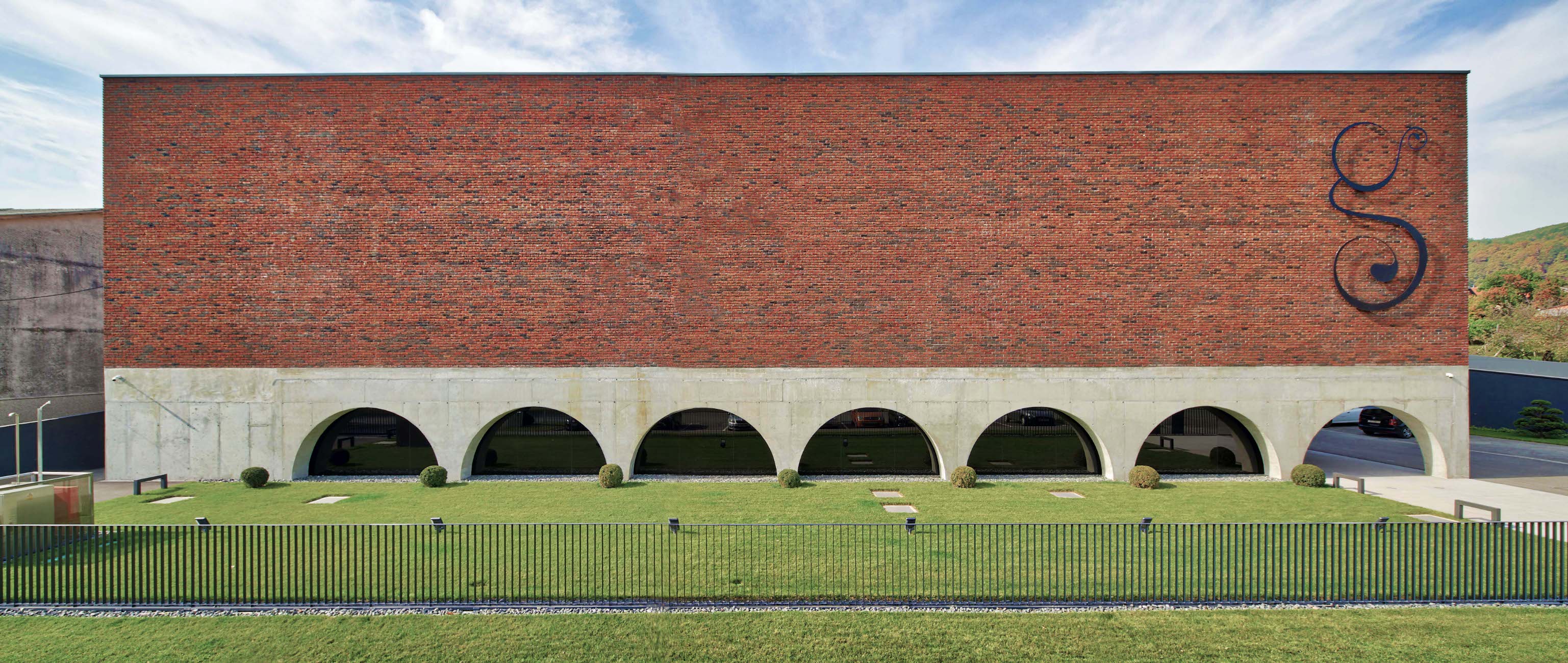
Award-winning outfit Zagreb-based studio Dva arhitekta have an existing, jaw-dropping design for a rural winery commissioned by famous makers Galic. However, that project, as yet, remains unrealised. But, their winery for Galic in the centre of Kutjevo town is complete. Melding the traditional and the contemporary, the upper section of the building is a bold and unblemished red brick, adorned with the winemaker's unmistakable logo. Beneath, concrete arches invite your eyes into the actual wine cellar – neat rows of barrels, protected behind glass walls that are set back from the facade. Brilliant!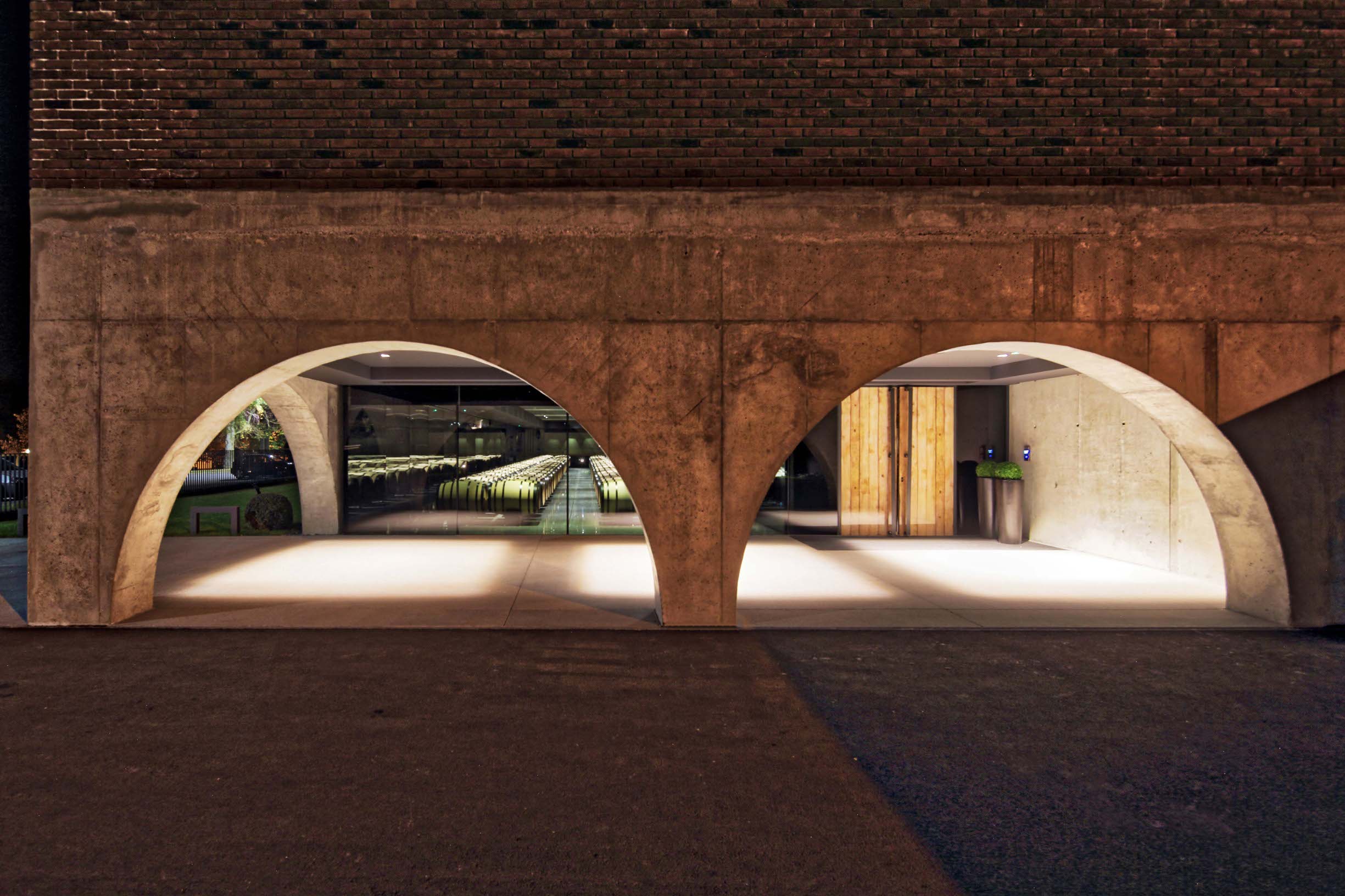 © Damir Fabijanić
© Damir Fabijanić
Seecel Centre, Zagreb
Designed as a regional centre for the development of entrepreneurs and its construction costs generously part-funded by European money, the Seecel Centre arrived long overdue and does not house its intended inhabitants. Such matters are best left for different articles as, here, we're concerned with the undeniable finery of this building's architecture and appearance. Holding space for accommodation, offices, communal collaboration, education and presentations, the five-floored building uses ultra-modern building materials and construction methods to make it low-energy, its great blocks of covered concrete, with glass windows set further back, echoing old fortifications. It was designed by Igor Franić who, in Croatia, is perhaps best known for the Museum of Contemporary Art in Zagreb and completed by him and his team at SZA / Studio za arhitekturu d.o.o.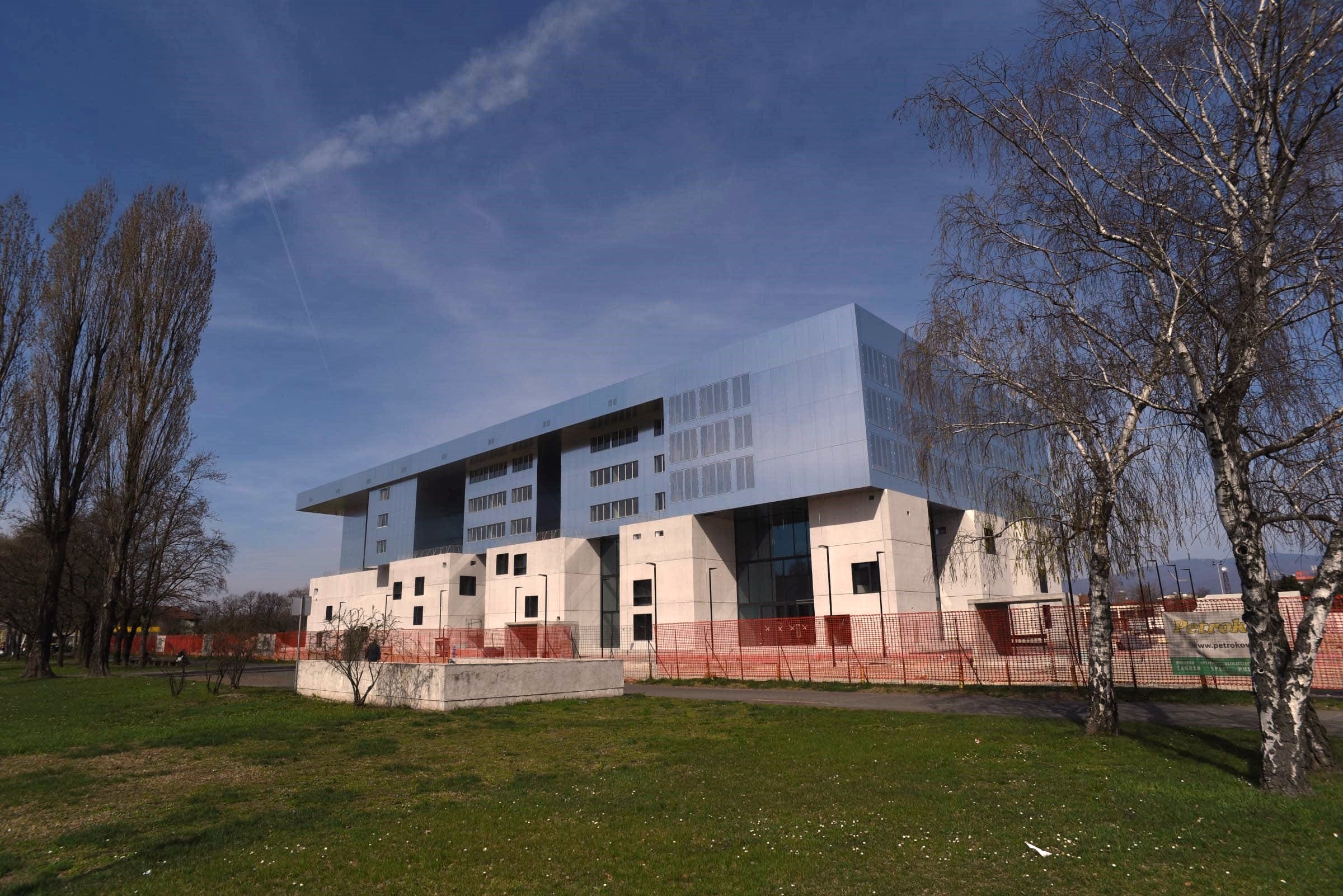 © Site Project d.o.o.
© Site Project d.o.o.
Trg Poljana, Šibenik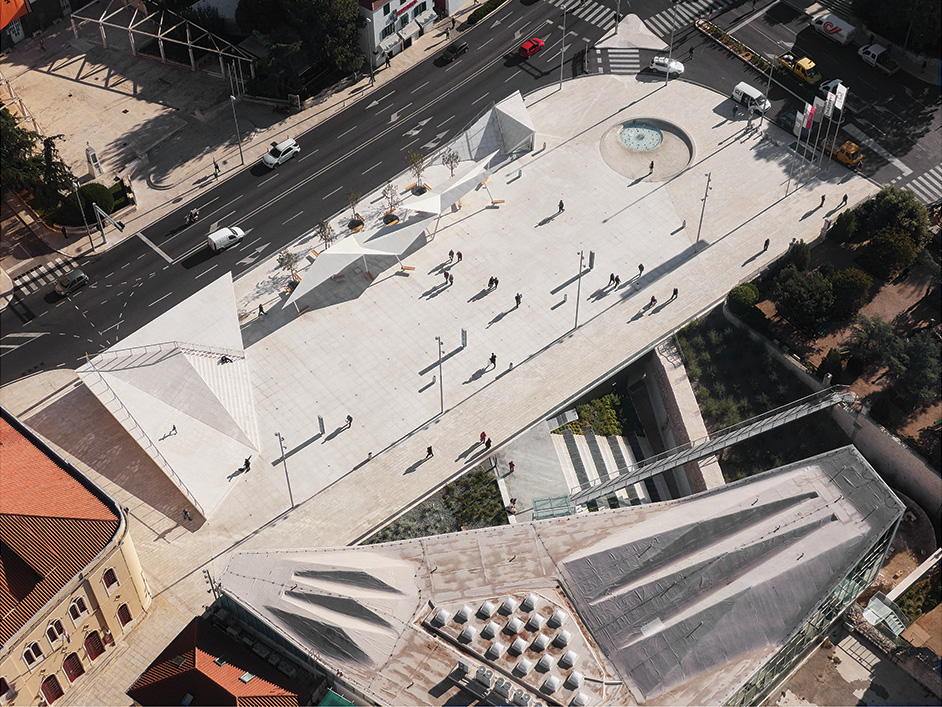
Not a small amount was asked of project architects Atelier Minerva from Dubrovnik in the task to create Trg Poljana in Šibenik. The site had long been earmarked for a much-needed, official town square – a place for events and public gatherings. But, the town was also woefully short on parking. By burying a multi-level car park beneath the open space, the architects successfully met both demands. Triangular shapes sit at an angle above shaded seating, echoing the inclines on the roof of the Juraj Šižgorić City Library opposite. Clever.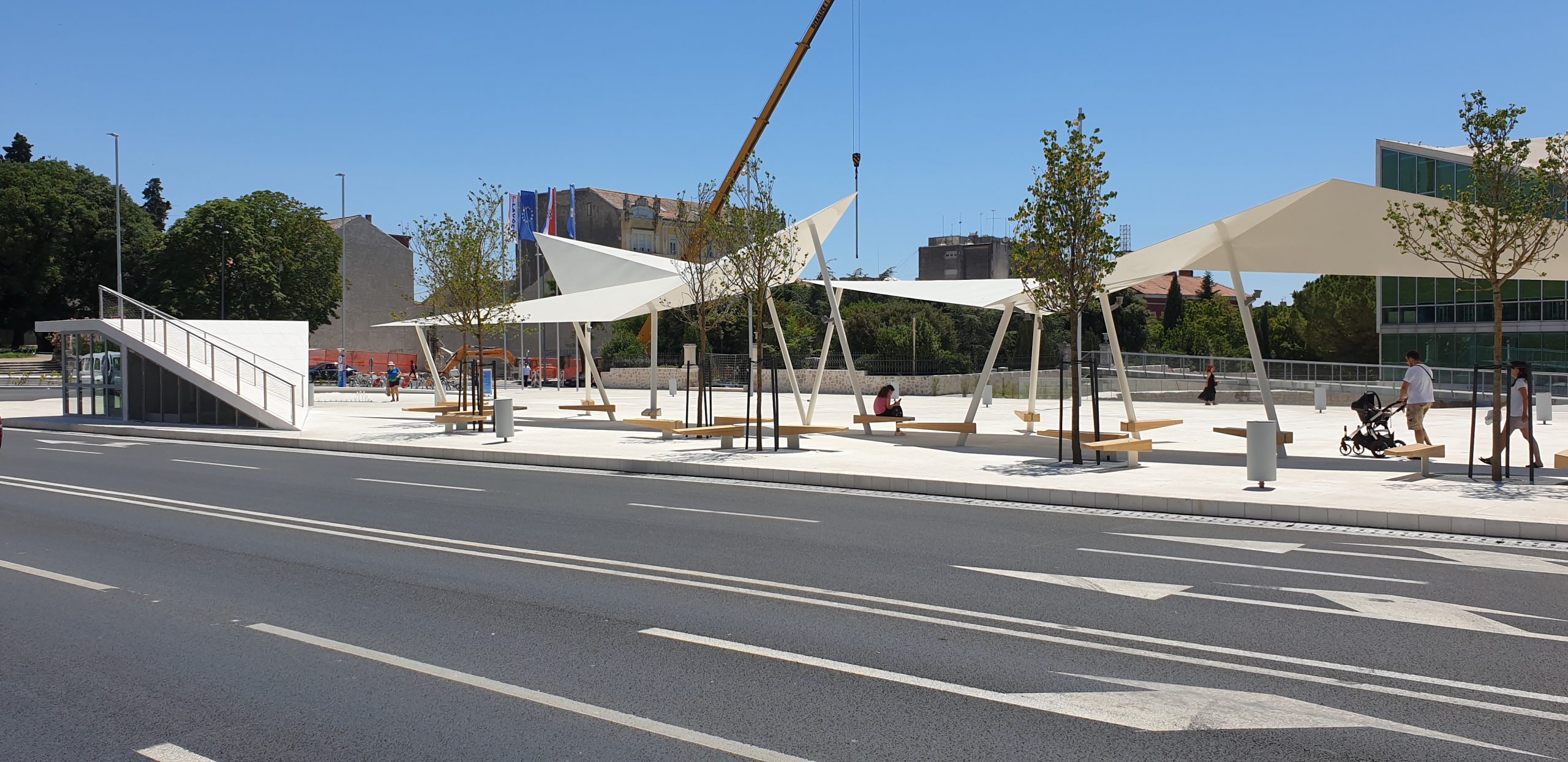 © Ervin Husedžinović / Eccos-inzenjering
© Ervin Husedžinović / Eccos-inzenjering
Homestead on Hartovski vrh, Žumberak, Zagreb County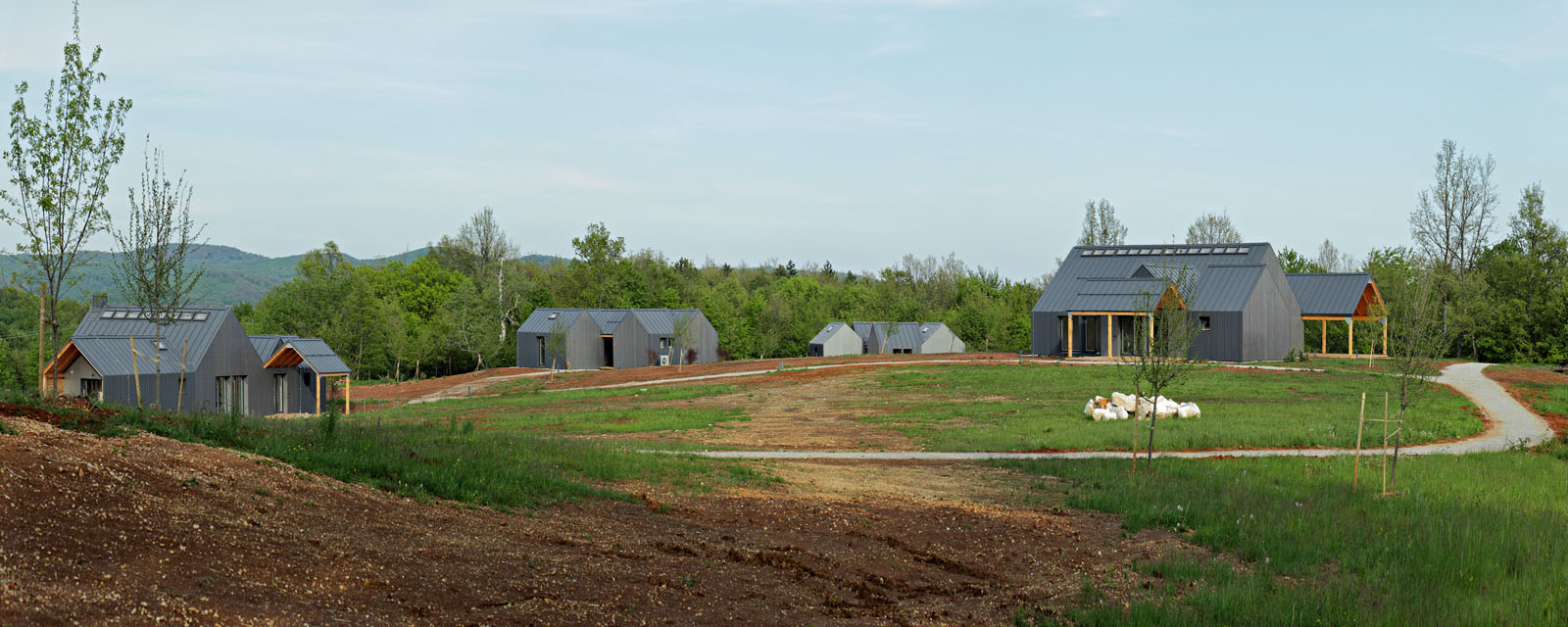
A collection of multi-purpose rural buildings, Homestead and Meditation Centre on Hartovski vrh was commissioned and designed for use by the Buddhist Center Zagreb. Their aim was to relocate activities such as chan, yoga, meditation, healthy living and teaching to a peaceful retreat outside of the city. Architects Branimir Rajčić and Mariela Žinić began the project in 2015, with the completed site arriving in 2019. Modern building materials are used, but not so the striking collection seems out of place within a partially agricultural setting. The set of buildings includes a residential dwelling and a larger hall for meetings and activities, both of which use large windows to allow the light and nature to flood in. © Robert Leš
© Robert Leš
Square of Traditional Crafts, Varaždin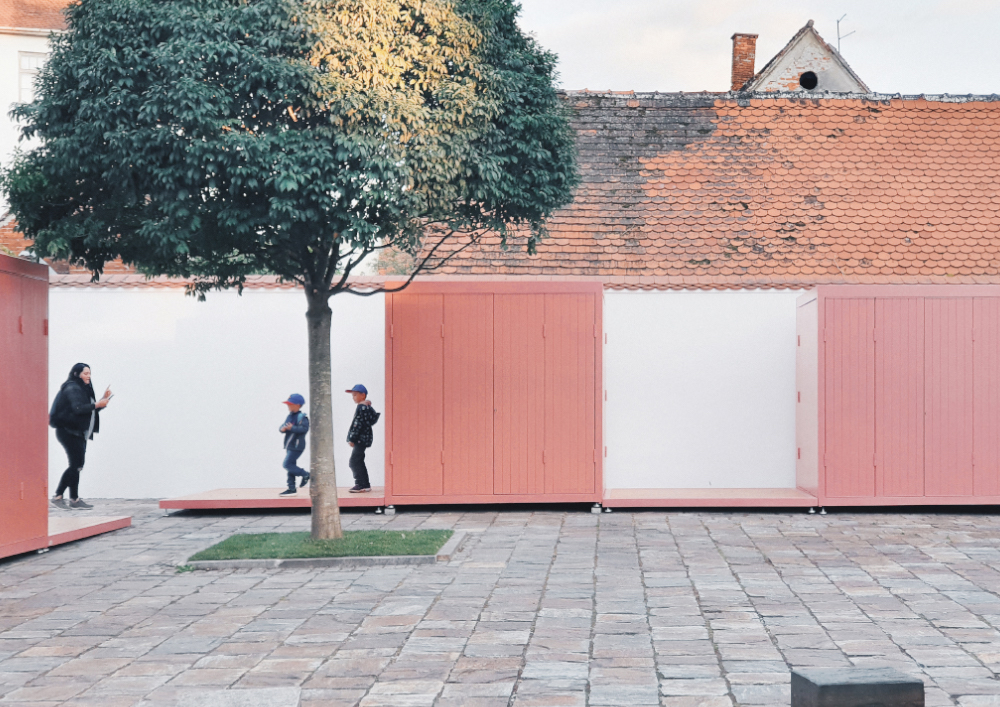
A tricky task was given to architects Studio Konntra – how to enliven and modernise a traditional old square in the centre of one of Europe's best-preserved Baroque Old Towns. They did this by constructing transportable kiosks to house small outlets for local artists and craftsmen that cater to visiting tourists who come to the square. When occupied during the day, the plain wooden interiors allows the crafts to take centre stage. But, after closing time, the outsides of the wooden doors are brightly coloured and adorned with paintings, a welcoming environment for residents to use at night.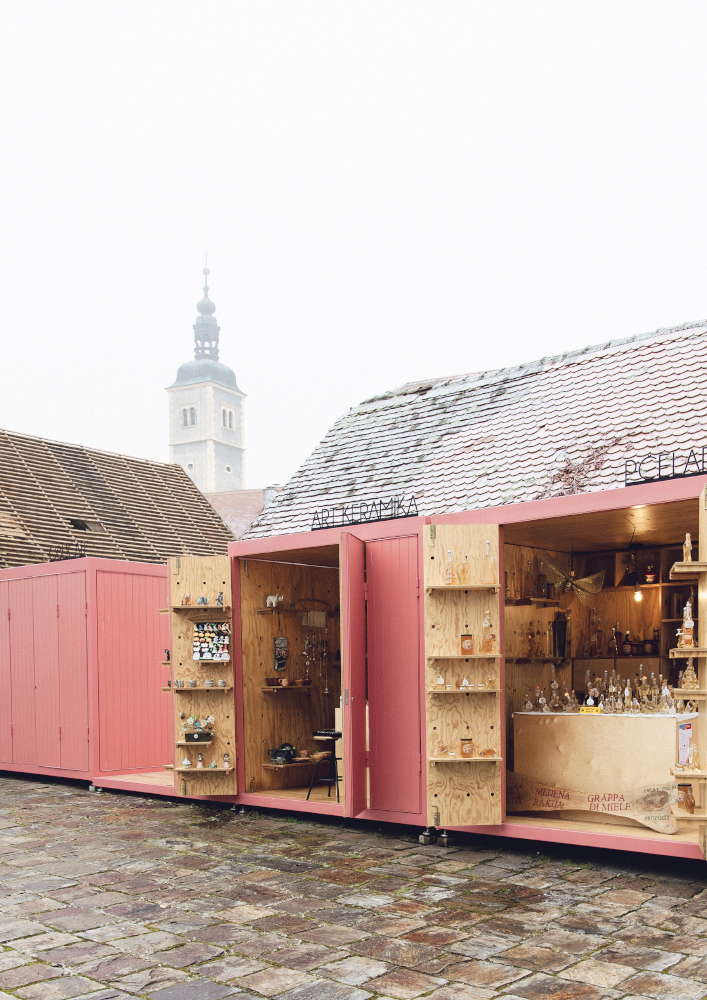 © Studio Konntra
© Studio Konntra
Five Star Outlet Opens in Old Europatrade Building in Sesvete
Get your wallets and credit cards ready as something new opens its doors Sesvete near the Croatian capital city of Zagreb, breathing life into an old building and potentially the local economy, too.
As Poslovni Dnevnik writes on the 17th of April, 2019, the brand new Five Star Outlet has officially opened its doors in the place of the former Europatrade building and has a great many leading international brands in its rich assortment.
Otherwise, Sesvete's new Five Star Outlet is the very first cosmetics outlet in the Republic of Croatia, covering 1200 square metres of space in total.
Customers from Sesvete and beyond will now be able to purchase products designed for all generations and all kinds of needs in just one place, and the assortment of offered items for sale in the new centre will be constantly changing and being updated so that all the necessary supplies can be obtained at the lowest possible price at any given time without any deteriorated quality in any of the available segments.
Sesvete's new shopping outlet will be the new home to very many hugely popular leading international brands such as Loreal, Nivea, Max Factor, Vileda, Make Up Revolution and Rossman, a high quality and extremely popular German brand that will be found for the first time on the shelves of some Croatian stores.
Make sure to follow our dedicated lifestyle page for much more. If it's just Zagreb and the surrounding area you're interested in, give Total Zagreb a follow or check out Zagreb in a Page.
See How Rest of Croatia Spectacularly Welcomed National Team (Photo + Video)
Outside of the spectacle in Zagreb, many Croatian towns held welcoming parties for national team footballers yesterday.
Thunderstorms, Heavy Rain and Hail Hit Zagreb
Even though it hasn’t officially begun, autumn came bringing heavy rains, thunderstorms and even hail!
Sesvete to Undergo Big Urban Makeover
The population of Sesvete has doubled in the past 20 years, but there have been no serious infrastructure projects to cater for the new inhabitants.
A New Football Stadium in Zagreb for 2018?
The Zagreb district of Sesvete will receive a brand new football stadium in 2018, with the new modern expression developed by the studio Proarh architect Davor Mateković. The stadium will be built around the retention of the existing terrain of the current stadium "Sv. Josip Radnik".


